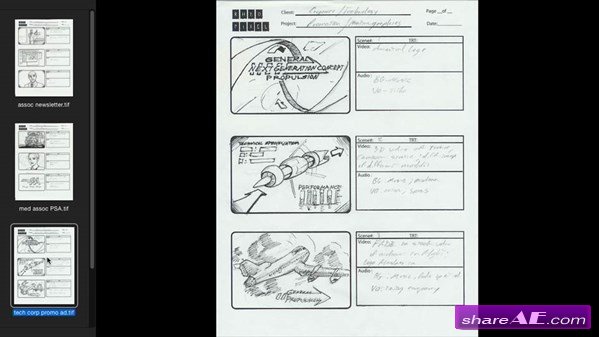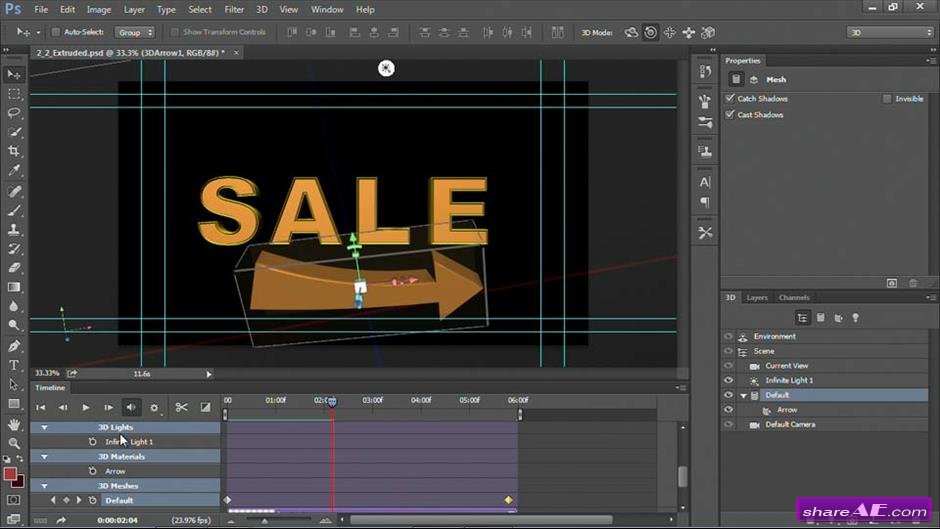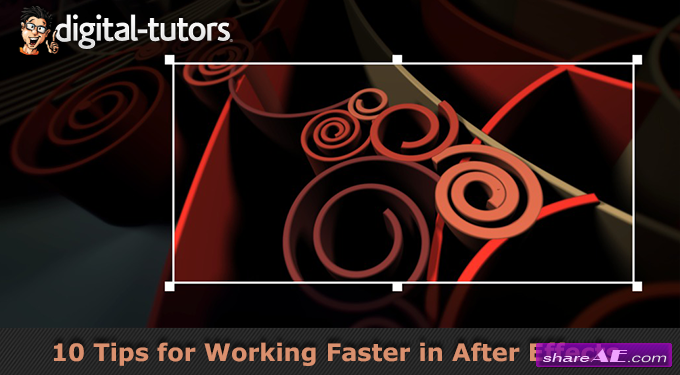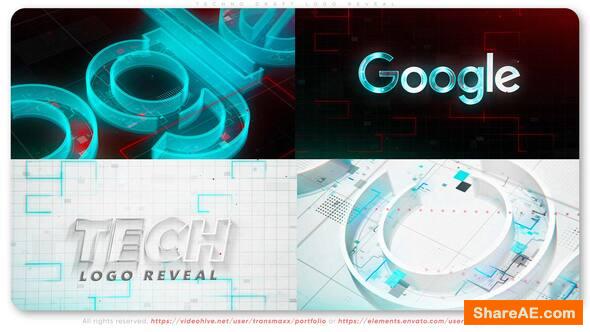Motion Graphics for Video Editors: Working with Storyboards (Lynda)

Motion Graphics for Video Editors: Working with Storyboards (Lynda)
1 GB | Duration: 1h 57m | Video: AVC (.mp4) 1280x720 30fps | Audio: AAC 48KHz 2ch
Genre: eLearning | Level: Intermediate | Language: English
Learn how to bring a storyboard to life. Rich Harrington starts this course by showing how to scan hand-drawn storyboards as well as assemble storyboards from photos or frame grabs. Once your ideas are digitized, you'll learn how to use Photoshop to enhance the artwork with additional line work and color and split your project into layered files. Then learn how to turn those files into engaging animatics in After Effects. In the final chapter, you'll create an assembly edit in After Effects, complete with a temporary music track, to help you share your artistic vision with clients.

Motion Graphics for Video Editors: Working with Type (Lynda)

Motion Graphics for Video Editors: Working with Type (Lynda)
Text is used in video projects all the time, whether it's in lower thirds, title sequences, or credits. As a video editor or aspiring motion graphics artist, it's crucial to learn the fundamentals of working with type: compositing type, animating type, and creating 3D text and logos. In this course, Rich Harrington shows how to perform these tasks in Photoshop, After Effects, and Premiere Pro, three programs that are tightly integrated and make it easy to share and hand off assets. Watch and learn how to add a new dimension to your video projects, with type.

Working with Shape Layers in After Effects (Digital Tutors)

Working with Shape Layers in After Effects (Digital Tutors)
English | 1h 10m | AVC 1280×720 15 fps | AAC 128 Kbps 44.1 KHz | 416 MB
Genre: eLearning | Level: Intermediate
In this series of tutorials, we will talk about some of the different ways you can create and utilize shapes in After Effects. We will start by going over the basics of using the shape tools to make shape layers and the difference between parametric and Bezier paths. We'll explore the control we have over polygons and stars that can create an endless possibility of intricate shapes. We'll talk about using the add menu to create new shapes or add shape attributes to our shape layers. Next we'll import vector artwork from Illustrator and convert to shapes so that we can utilize the repeater. We'll tell a story with shape morphing and learn the importance of defining the first vertex. We'll also get an understanding of the importance of stacking order within our shape layer. Finally, we'll combine shape attributes to create a particle like effect that is mainly being driven by changing the properties of a stroke.

After Effects Guru : Working with 3D in C4D Lite (Lynda)

After Effects Guru : Working with 3D in C4D Lite (Lynda)
Intermediate | 1h 29m | 572 MB | Project Files 2 MB | Software used: After Effects CC
Genre: eLearning
After Effects Guru helps you dig deep into advanced After Effects options and techniques. This first installment focuses on the new CINEMA 4D (C4D) Lite plugin-a slimmed down version of MAXON's 3D modeling program offered with After Effects CC-and the exciting ways the two programs integrate.

10 Tips for Working Faster in After Effects (Digital Tutors)

10 Tips for Working Faster in After Effects (Digital Tutors)
English | Audio: aac, 44100 Hz, stereo
FLV | Video: h264, yuv420p, 1280x720, 15.00 fps(r) | 1.14 GB
Genre: Video Training
In this series of After Effects tutorials, we learn 10 time-saving tips to speed up your workflow in After Effects. Some of these tips are simple things that you should be doing in all your projects like staying organized in the project panel. Other tips require a little more thought on when to implement them, like Memory and Multiprocessing or using motion blur efficiently.










